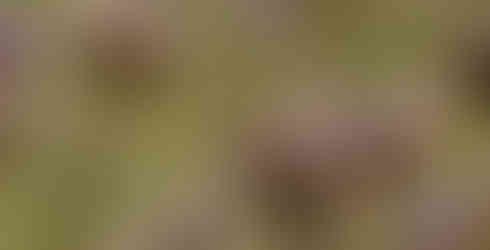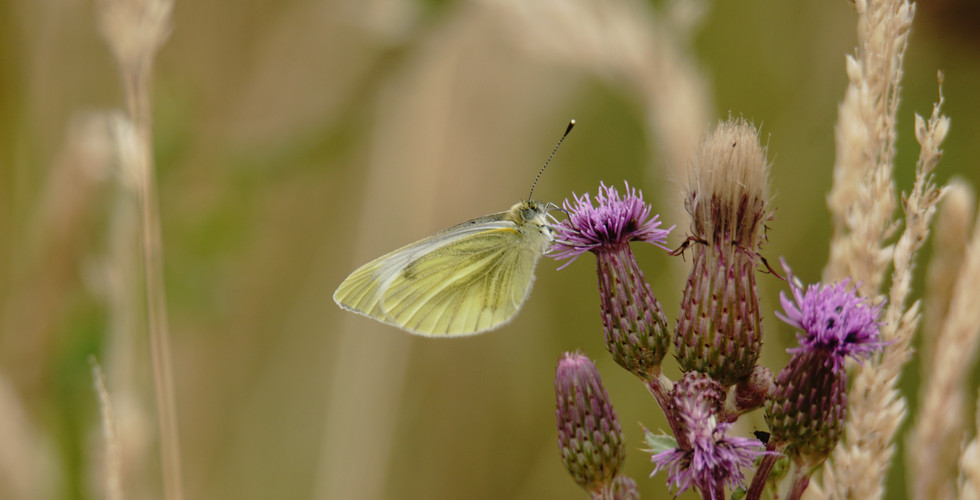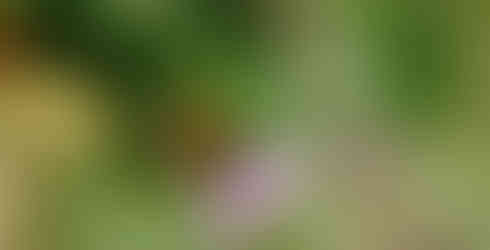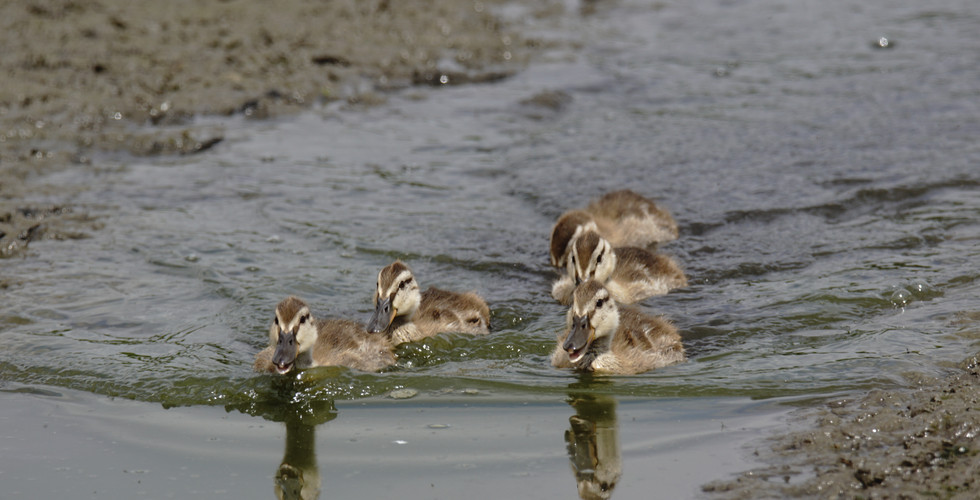RAVENOUS REED BUNTINGS @ RSPB FAIRBURN INGS
- Jonathan Marshall
- Jul 12, 2018
- 4 min read

On Thursday I went down to my local RSPB reserve, Fairburn
Ings which is located east of Leeds near Castleford. Fairburn Ings was designated as a nature reserve in 1957 under the National Parks & Access to the Countryside Act (1949) and since the 1970s the reserve has been managed by the RSPB.
It was a warm sunny afternoon when I arrived at Fairburn Ings and I walked past the visitor centre and turned through the gate onto the trail leading to the Spoonbill viewpoint. This part of the reserve is not normally open to the public, but due to the nesting Spoonbills a trail has been made to afford visitors a closer view. The path takes you through the trees to the right of the Pick Up Hide and across the open grassland to the viewpoint amongst a line of small trees.
As I walked across the grassland there were several Green Veined White, Small Heath and Speckled Wood Butterflies as well as a few Red Tailed Bumble Bees and Ladybirds. There were also a few Swallows and Sand Martins flying overhead and perched on the telegraph wires at the edge of the field were a couple of Goldfinches. I had now reached the viewpoint and just a hundred or so yards in front of me I could see the Spoonbill nest.
There were four juvenile Spoonbills, or teaspoons as young Spoonbills are called, sat on the nest. In the trees around them I could see Grey Herons and Little Egrets at their nest sites as well as a little further back a large group of Cormorants. A little nearer me there was a Little Egret and Grey Heron asleep with a Coot and its young making a lot of noise in the water in front of them.

After watching the Spoonbills for a while I headed back along the trail towards the visitor centre, spotting yet more Green Veined White Butterflies, some perching just inches from the path. I walked back through the gate and turned right and followed the path to the Pick Up Hide. To the right of the hide a male Reed Bunting was dropping down from the trees above and then returning to the tops of the trees to feed a young Reed Bunting.
Out on the water in front of the hide there were Coots, Lapwings, a single Grey Heron and six Little Egrets. On the edges of the water there were several Jackdaws and occasionally they would fly over to the feeders and on one of these journeys a Jackdaw with a deformed head made a visit and perched on a post just in front of the hide. A lot of smaller birds were visiting the feeders as well such as Goldfinches, Greenfinches, Blue Tits, Great Tits and Chaffinches.
A few minutes later a Green Woodpecker flew over the hide and across the water to the trees to the left and it was followed a minute or so later by a Great Spotted Woodpecker. All the time I had been there the Sand Martins were making regular trips to and from the Sand Martin wall in front of the hide. A Collared Dove now appeared below the feeders searching for scraps as a Dunnock and Robin visited the feeders above it.
A Reed Bunting flew from the reeds beyond the Sand Martin wall and arrived at the feeders as a juvenile Reed Bunting followed it and began to squawk at its parent and demanded to be fed. The juvenile now positioned itself just above the feeders as the parent fed it regularly and as it was given food it proceeded to flap its wings furiously. I left the Pick Up Hide and headed south west to the next set of feeders which were unusually quiet and so I continued on towards the Kingfisher screen and as I walked along the path a Wren flew across and disappeared into the bushes.

The Kingfisher screen was very quiet with green algae covering most of the water so I headed back towards the visitor centre. On the feeders by the visitor centre there were Tree Sparrows, Blue Tits, Great Tits and a male Bullfinch as well as a pair of Blackbirds on the ground below. I now walked through the car park and down the boardwalk to the edge of the main lake where there were several Mallards, Black Headed Gulls and much further out a large group of Mute Swans.
Along the water's edge to the left there were four Avocets (two adults and two juveniles) and much further out perched on a branch over the water was a lone Little Egret. In the middle of the water, perched on a wooden plank going between two wooden posts, there were two Common Terns. Amongst the Mallards in front of the boardwalk there were a group of chicks vieing for space amongst the adults to get at the food being thrown in the water by other visitors.
With all the recent dry weather the water levels on the main lake had dropped significantly and there were a few areas of mud now exposed from the water. Another group of chicks now swam down a narrow water channel between mud banks, closely followed by their parents and joined in the battle to get at the food as I headed back to my car.
I have attached a few photos and a full sightings list from my visit to RSPB Fairburn Ings.




































































Comments